Posted on 12/19/2017

If you've ever worried what to do in a situation where your vehicle is recalled, this article All Tech Automotive found on the DMV website gives the answer. What to Do If Your Vehicle Is Recalled If the NHTSA determines a certain vehicle model or vehicle safety feature is defective, it will order a recall. If the manufacturer complies, you will be notified via mail by the manufacturer. In this letter you will be instructed on how the problem will be resolved via one of three ways: Replacement - The manufacturer will replace your vehicle will replace your vehicle with an identical or similar model. Refund - The manufacturer will refund the purchases price, minus depreciation costs. Repair - The manufacturer, the recall letter, will instruct you on where to take your vehicle for repair, along with an estimated repair time and contact information should you have any questions. If you did not receive notification from the manufacturer, but believe your ... read more
Posted on 12/19/2017

When you're driving it is important to keep an eye out to avoid accidents. This article All Tech Automotive founds on the DMV website discusses different ways you can avoid accidents. Avoiding Auto Accidents On the road, accidents are bound to happen. But that doesn't mean you have to be an unfortunate safety statistics. Use the tips below to learn a few simple driving behaviors that can prevent most automobile accidents. Concentrate on Driving Taking your eyes off the road is an easy way to get into a distracted driving accident. It only takes a second for an accident to occur, and the more reaction time you have, the better your chances are of avoiding a collision. Avoid distracted driving by ELIMINATING the following: Cell phone use of ANY kind. Eating. Applying makeup. Reading. Searching for music (on the radio, on your phone, etc.). Reaching into the backseat while the vehicle is moving. A large number of passengers. And don't forget: knowl ... read more
Posted on 12/12/2017
.jpg)
As the roads become icy, we will see an increase of salt on the road. Here's how to prevent rusting from road salt, according to DMV.org Preventing Rust from Road Salt The hazards of winter driving aren't limited to ice and snow. When road departments use salt to melt the freeze, that mineral can wreak havoc on your vehicle. Here, we explain what you can do to keep your car clean and prevent rust from road salt. Why Salt Is Used on Roads In those parts of the country with freezing winter temperatures, drivers know that warming the cars up in the morning isn't the only inconvenience. Icy roads are, too. The same chemical reaction between ice and salt that creates creamy, delicious ice cream also keeps our roads and sidewalks free of dangerous ice during the cold winter months. A salt and sand mixture is frequently spread over roads before or after a snow or ice storm. Salt lowers water's freezing point, causing any ice already formed to melt even though the air ... read more
Posted on 12/6/2017
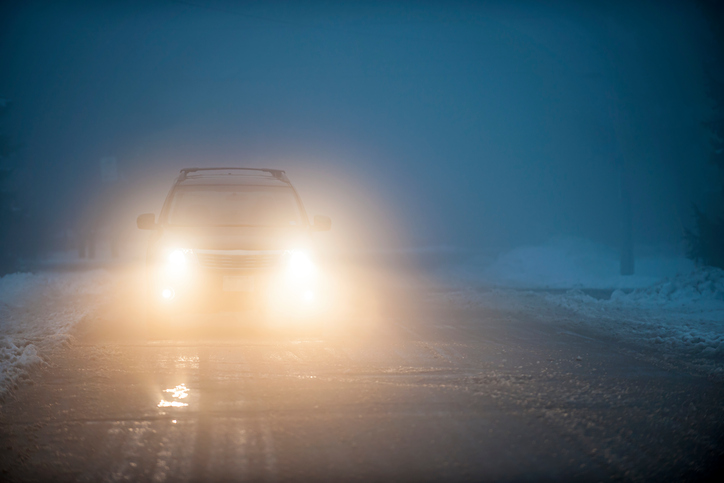
To keep yourself and others on the road safe, you need to know when it is appropriate to use certain functions on your vehicle, like your headlights. This article comes from the Department of Motor Vehicle website. When to Use Your Headlights To stay and improve your visibility on the road, it's important to know when and when not to use your headlights. Use this guide to learn more about safe headlight practices and common headlight laws. Headlights During the Day Most state headlights do not require the use of headlights during the day unless poor weather decreases visibility. However, using your headlights during the day regardless of the conditions can improve visibility and safety. Here are a few instances when using your car headlights during the day can help you decrease chances of an accident: During adverse weather, such as: Rain Snow Sleet Fog Smoke On rural and mountain roads On narrow two-lane highways When road signs indicate a ... read more
Posted on 12/6/2017
.jpg)
When driving during the winter, it is important to take extra precautions and be prepared. All Tech Automotive found this article from the Safe Motorist website. Preparing for Winter Driving - How to Drive in Snow and Ice The three key elements to safe winter driving are: Stay alert Slow down; and Stay in control Get your vehicle a check-up It is the best to winterize your vehicle before winter strikes. Schedule a maintenance check-up for the vehicle's tire pressure, battery, belts, and hoses, radiator, oil, lights, brakes, exhaust system, heater/defroster, wipers, and ignition system. Keep your gas tank sufficiently full - at least half a tank is recommended. Depending on where you drive, you may consider using winter tires or tire chains. Tires in the snow Winter driving conditions such as rain, snow, and ice dramatically affect the braking distance of a vehicle. The driver's capability to ... read more
Posted on 11/29/2017
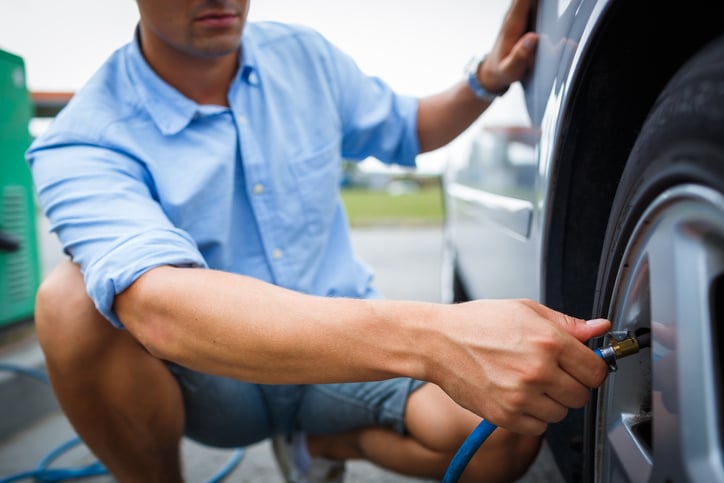
Some of the most basic things you can do on your car, a lot of people actually don't know how to do, like checking your tire pressure. This article about how to check your tire pressure comes from the DMV website. How To Check Your Tire Pressure Proper tire maintenance keeps you safe and your car running its best. One of the most important - and most often overlooked - regular maintenance you should be doing is checking the pressure of your tires regularly. Car tires don't have to be punctured to leak air. And unlike your gasoline gauge, most cars don't alert you to check your tire pressure. This guide will walk you through how to properly check the pressure of your tires, and why you should keep it at the top of your routine. Why Is Tire Pressure Important? According to the National Highway Traffic Safety Administration, under-inflated tires have a higher risk of damage and failure. Not only will they wear out faster if under-inflated, but faster deteriorat ... read more
Posted on 11/28/2017
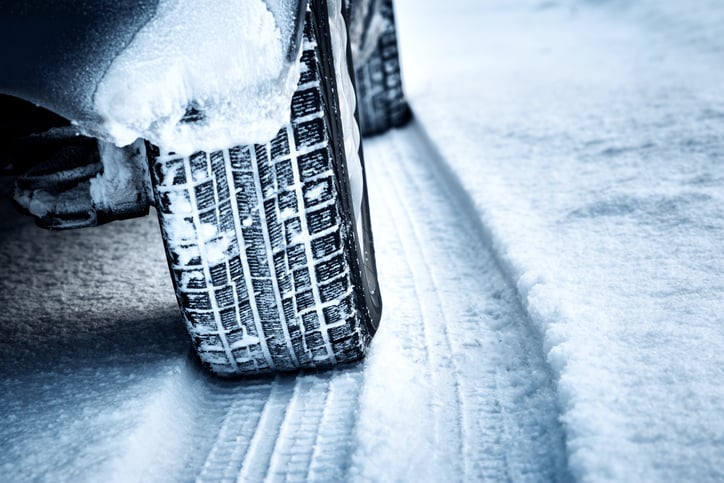
Tires can be a little wacky during the winter and the cold months. Should you under-inflate your tires during the winter? Is that the safest thing to do? This article has your answers. Should You Under-inflate Your Tires in Winter? Under-inflating your tires can give you more traction on snowy roads; but is this a solid strategy, or a tip you can skip? Snow tires, all-wheel drive, four-wheel drive, bags of kitty litter in the trunk - people will do just about anything to gain an edge when driving in snowy, icy, winter weather. For the most part, these strategies are good ideas. After all, winter-slick roads raise the risk of having an accident, and the best way to survive a car accident is to prevent one from happening in the first place. One winter driving trick that some people swear by is under-inflating their tires. Why do people under-inflate their tires? To understand why some people think under-inflating tired in winter is a good idea, you need to know what's happening w ... read more
Posted on 11/28/2017
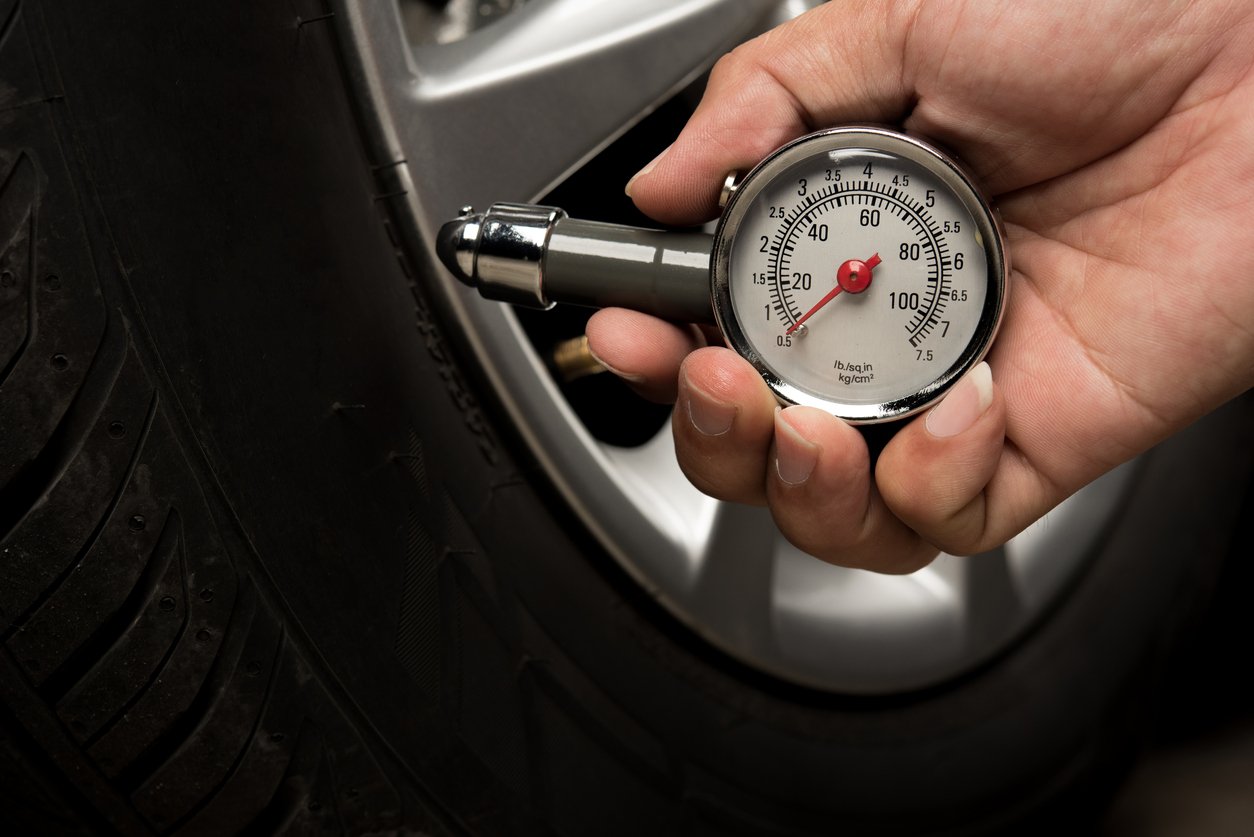
Have you ever started your car after a cold night and noticed that your tire pressure light was on? Have you ever wondered why your tire pressure light comes on when it is cold outside? This article from How Stuff Works Auto explains just that. Why Does My Tire Pressure Light Come on When It's Cold? If your car is equipped with a tire pressure monitoring system, you've probably faced the dreaded "low tire pressure" warning light (usually a picture of a horseshoe with an exclamation point in the middle.) Often, drivers see a sudden uptick in notifications when the weather turns chilly. This annoying and often ill-timed occurrence may have you wondering, what gives? And do I need to go fill up my tires? Cold shrinks, warm expands. "For every 10-degree drop in temperature, tire pressure decreases 1-2 PSI," emails Rich White, executive director of the Car Care Council. PSI stands for pounds per inch and is a common unit for measuring pressure ... read more
Posted on 11/22/2017
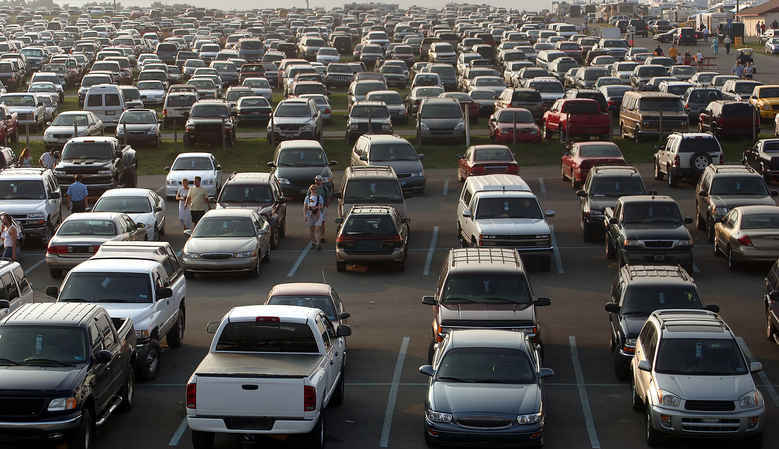
It probably goes without saying that Black Friday can be a rough time to be on the roads, especially if there are poor weather conditions. All Tech Automotive looked for the perfect article to highlight some key safety tips for those venturing out this Friday. This article comes from Allstate. Top Tips for Driving and Parking on Black Friday While Black Friday shopping may bring the most extreme deals, the traffic and parking situations can be a nightmare. Parking spaces are limited, people always seem to be in a rush to get to the next stop and distractions are aplenty. But with a little planning and smart thinking, you may be able to prevent unnecessary added stress. When you head out to tackle your holiday shopping this year, remember these Black Friday traffic and parking tips. Plan Your Route Before You Go Checking out the sales ads and figuring out where you need to go before leaving your house can keep your day moving smoothly. U.S. News and World Reports suggest planning a d ... read more
Posted on 11/15/2017

Thanksgiving is almost here; get ready for this buy holiday with these safe driving tips that All Tech Automotive found to keep you and your family safe during the holiday rush. Safe Driving Tips for Thanksgiving Travel Planning to hit the road for the Thanksgiving holiday to visit with family and friends? You won't be alone. The AAA forecasts 42.5 million Americans will travel 50 miles or more from home during the Thanksgiving holiday weekend, marking a 4-percent increase over last year. Before you embark, consider these tips to help prepare you and your car for whatever challenges might be faced on the road. Fuel Up Don't head out on a long road trip without a full tank of gas. In addition to topping off the tank, also check fluids and tire pressures before you leave. Be Prepared Bring supplies in the event of an accident or medical issue. Stock your car with an emergency kit - especially a flashlight, blanket, first-aid kit, and some basic tools. Also, bring ... read more